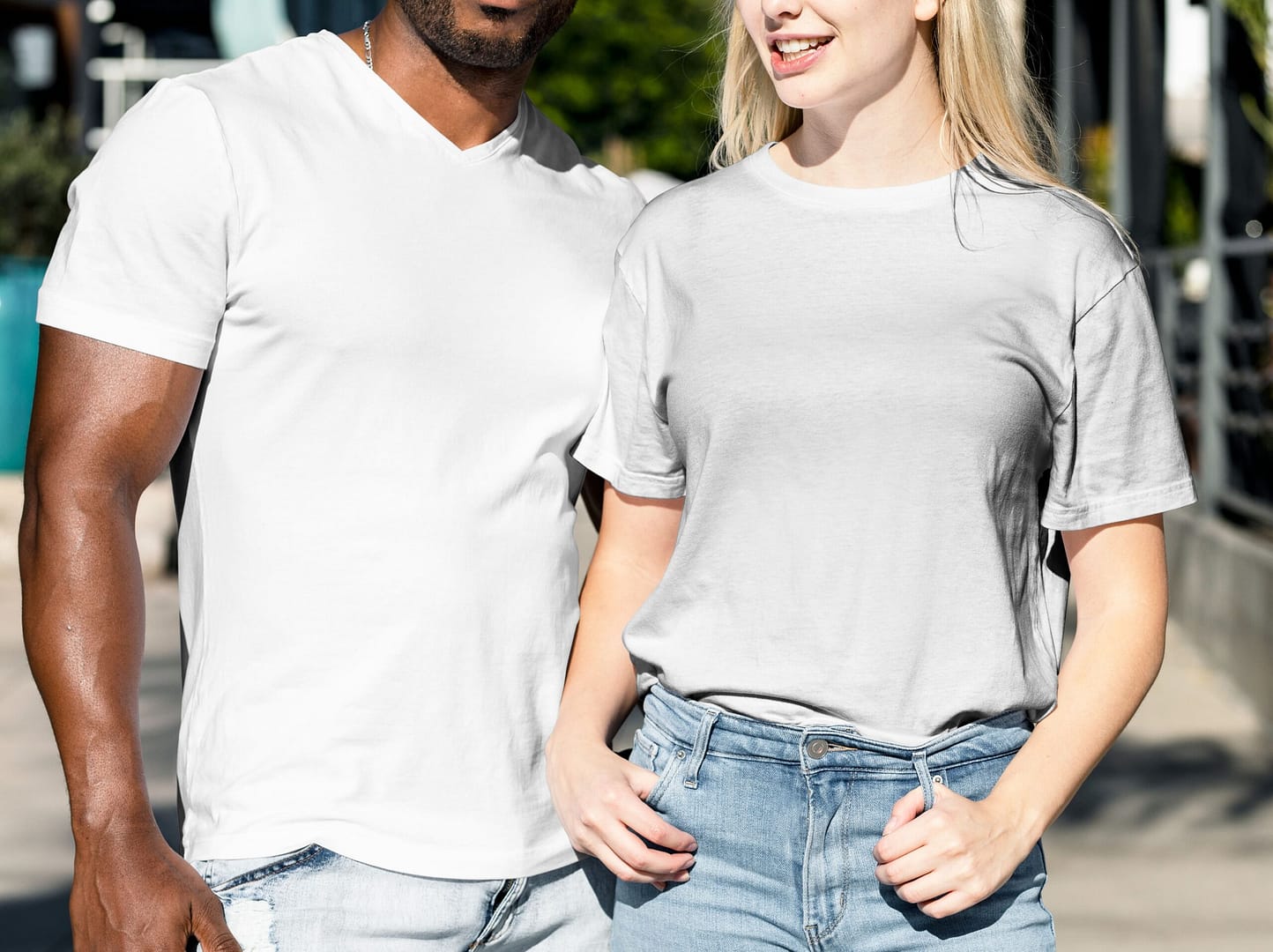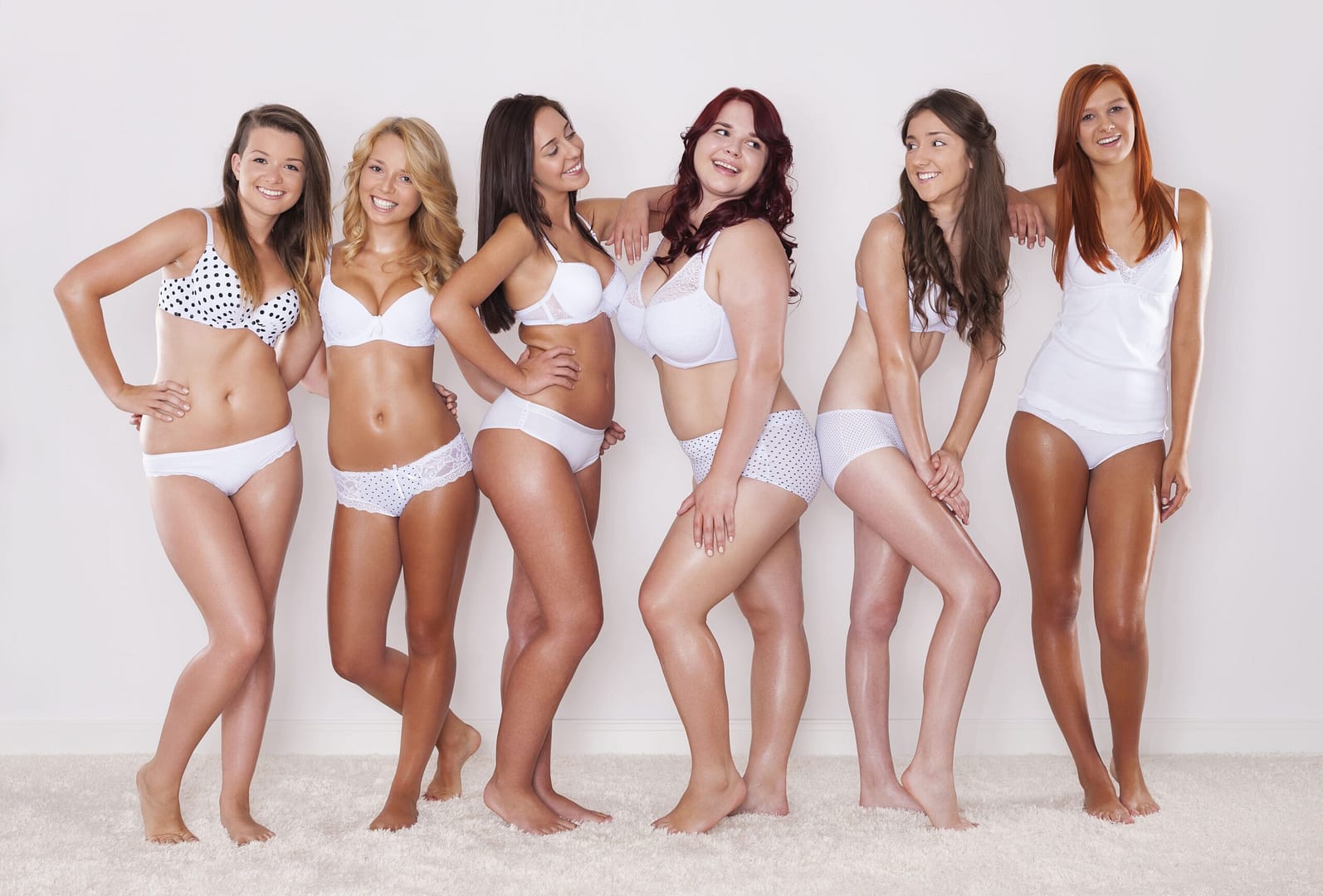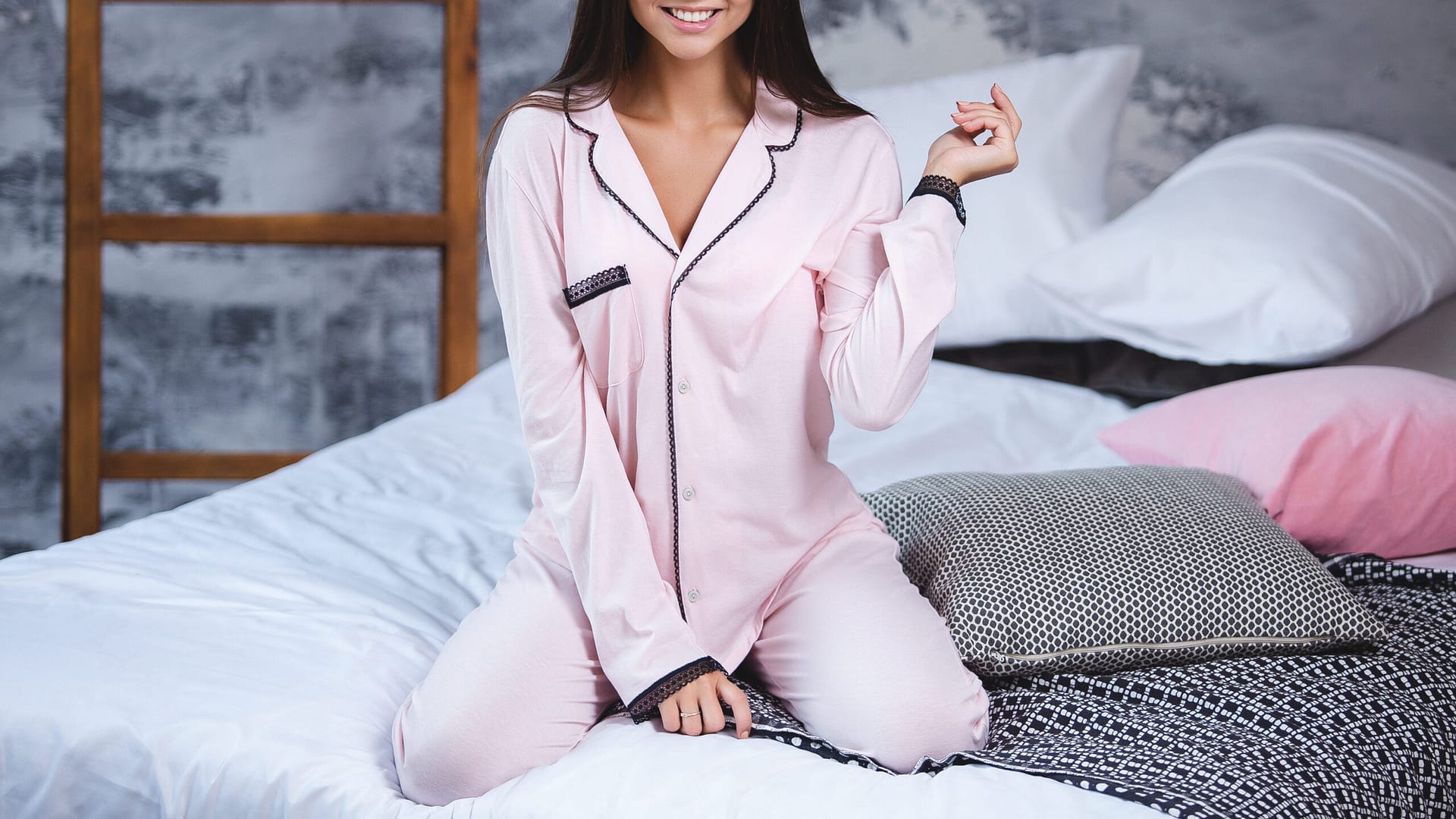Denim has been a staple in the fashion industry for decades. From rugged workwear to high-end designer jeans, this versatile fabric continues to dominate the global apparel market. Whether you’re launching a new clothing line or looking to expand your existing collection, selecting the right denim fabric is crucial to ensuring quality, comfort, and durability.
But with so many variations available—raw, washed, selvedge, stretch, lightweight, and heavyweight—choosing the perfect denim can be overwhelming. Not to mention, factors like fabric composition, washing techniques, and custom design options all play a role in defining the final product.
As a custom clothing manufacturer, I understand the challenges that brand owners and wholesalers face when sourcing high-quality denim. This guide will walk you through everything you need to know about denim fabric—from understanding different types and compositions to sourcing the best materials for your brand.
What is Denim Fabric?
Denim is a durable woven fabric traditionally made from 100% cotton, known for its diagonal ribbing pattern, called twill weave. This distinctive weave gives denim its strength, durability, and ability to age beautifully over time.
A Brief History of Denim
Denim dates back to the late 19th century when it was primarily used as workwear due to its toughness. The fabric was first popularized by Levi Strauss in the 1870s, creating durable jeans for laborers and miners in the United States. Over time, denim transitioned from workwear to mainstream fashion, evolving into a global staple for jeans, jackets, skirts, and even accessories.
Today, denim is available in a variety of styles, washes, and compositions to meet the ever-changing demands of the fashion industry. From raw, untreated denim to pre-washed, distressed styles, brands have numerous options when selecting the best denim for their products.
How Denim is Made
Denim is woven using a warp-faced twill technique, where the warp (lengthwise threads) are dyed, while the weft (crosswise threads) remain white. This is what gives denim its classic blue exterior and lighter-colored interior.
Key components of denim fabric production include:
Cotton fiber selection – Determines the softness and durability of the final product
Dyeing process – Typically involves indigo dye for the iconic blue color
Weaving techniques – Affects fabric texture, thickness, and durability
Washing & finishing – Enhances softness, color, and overall aesthetic appeal
Modern denim comes in many variations, making it essential for clothing brands to choose the right type based on their target market and product needs.
Types of Denim Fabric
Choosing the right type of denim fabric is essential for ensuring the durability, comfort, and aesthetic appeal of your clothing. Different types of denim offer unique characteristics, making them suitable for various styles and functions. Below are some of the most common types of denim used in apparel manufacturing.
1. Raw Denim vs. Washed Denim
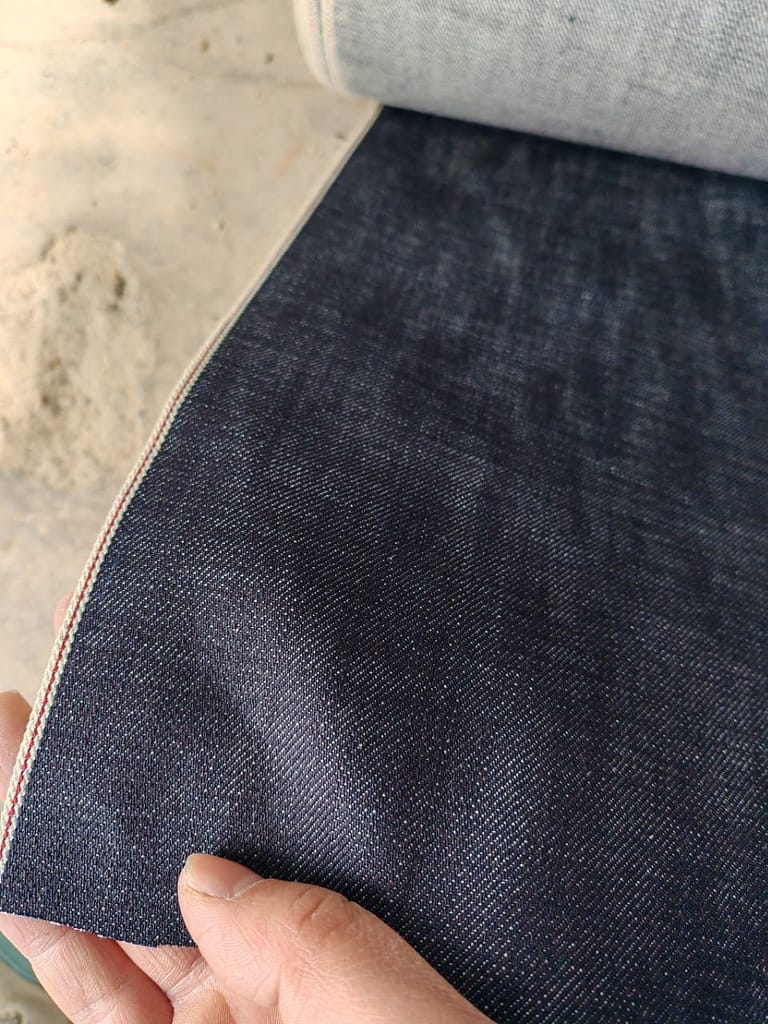
- Raw Denim (Dry Denim)
- Unwashed and untreated after dyeing
- Stiff and rigid with a deep indigo color
- Ages over time, developing a unique fade pattern based on the wearer’s movements
- Ideal for premium jeans and high-end streetwear brands
- Washed Denim
- Pre-washed to soften the fabric and remove excess dye
- Available in various finishes, such as stone wash, acid wash, and enzyme wash
- More comfortable to wear from the first use
- Ideal for mass-market denim products that require consistency in color and softness
2. Selvedge Denim vs. Non-Selvedge Denim
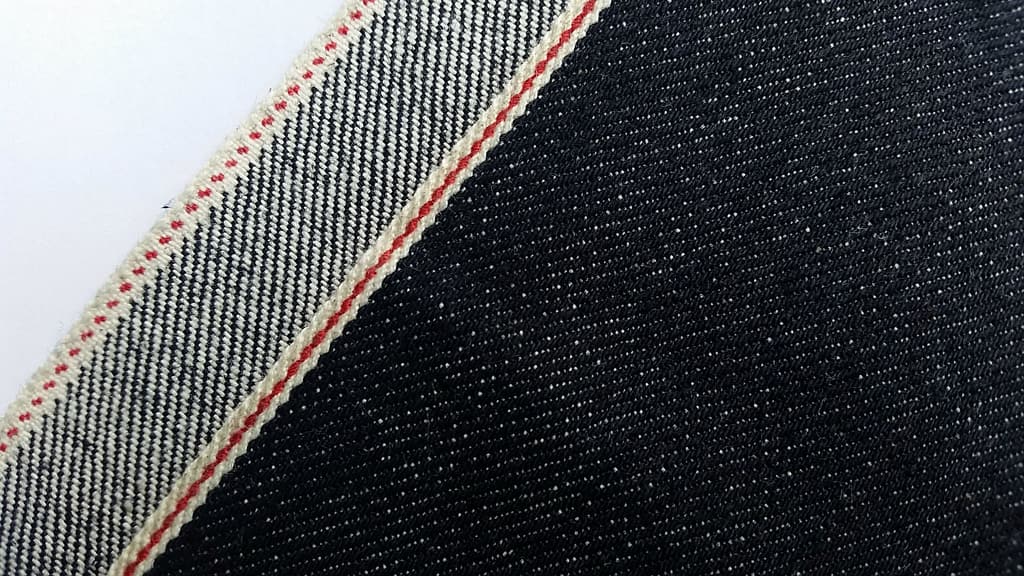
- Selvedge Denim
- Premium-quality denim woven on old-school shuttle looms
- Identified by its clean, self-finished edges with a distinct red or white thread on the seams
- More durable, tightly woven, and highly sought-after in high-end and niche fashion brands
- Expensive due to the slower, traditional manufacturing process
- Non-Selvedge Denim
- Mass-produced on modern projectile looms, which make wider fabric rolls
- More affordable and accessible
- Lacks the self-finished edge, requiring additional stitching to prevent fraying
- Suitable for brands focusing on affordability and large-scale production
3. Stretch Denim vs. Rigid Denim
- Stretch Denim
- Contains elastane (spandex) or Lycra blended with cotton for flexibility
- Offers improved comfort and ease of movement
- Ideal for women’s jeans, jeggings, and activewear-inspired denim styles
- Often used in skinny jeans and fitted styles
- Rigid Denim
- 100% cotton denim with no added stretch
- Typically used in vintage-style and traditional denim products
- More structured and holds its shape well
- Preferred for classic straight-leg and wide-leg jeans
4. Lightweight vs. Heavyweight Denim
- Lightweight Denim (4oz – 10oz per square yard)
- Soft, breathable, and ideal for warm climates
- Commonly used for shirts, dresses, and summer-weight jeans
- More comfortable for everyday wear
- Heavyweight Denim (12oz – 20oz per square yard)
- Thicker, more rigid, and highly durable
- Used for premium jeans, jackets, and workwear
- Provides a structured look and long-lasting durability
5. Sustainable and Organic Denim
With increasing awareness of sustainability, many brands are shifting toward eco-friendly denim alternatives:
- Organic Cotton Denim – Made from 100% organic cotton with no synthetic pesticides or fertilizers
- Recycled Denim – Produced from post-consumer or post-industrial denim waste
- Water-Saving Denim – Uses innovative dyeing and washing techniques to reduce water consumption
- Plant-Based Stretch Denim – Uses biodegradable fibers instead of synthetic elastane
Denim Fabric Composition: Understanding the Materials
The composition of denim fabric plays a crucial role in determining its durability, flexibility, comfort, and sustainability. When selecting denim for your clothing brand, understanding the different fabric blends will help you make an informed choice based on your target audience, product type, and price point.
1. 100% Cotton Denim – The Classic Choice
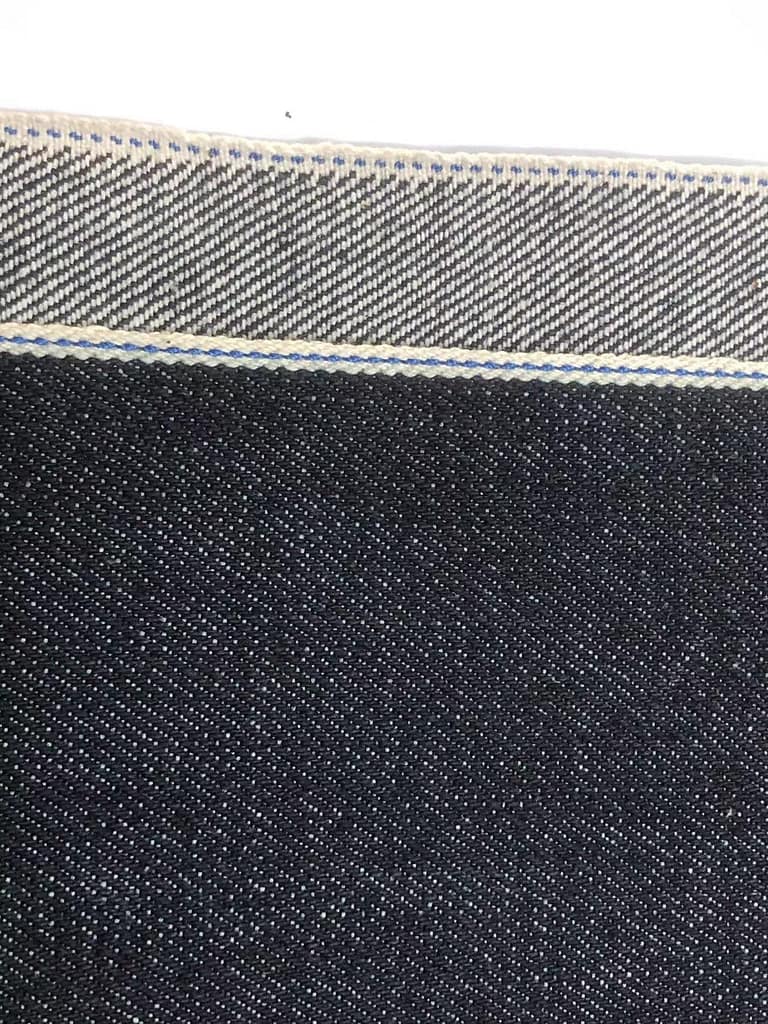
- Composition: Pure cotton, woven in a twill pattern
- Key Features:
Durable and long-lasting
Develops a unique fade and patina over time
Provides a structured and traditional denim feel - Best For:
Classic straight-leg jeans
Denim jackets
Workwear and vintage-inspired styles
Pros: Breathable, strong, and improves with age
Cons: Can feel stiff initially and lacks flexibility
2. Cotton + Polyester Blended Denim – Enhanced Durability
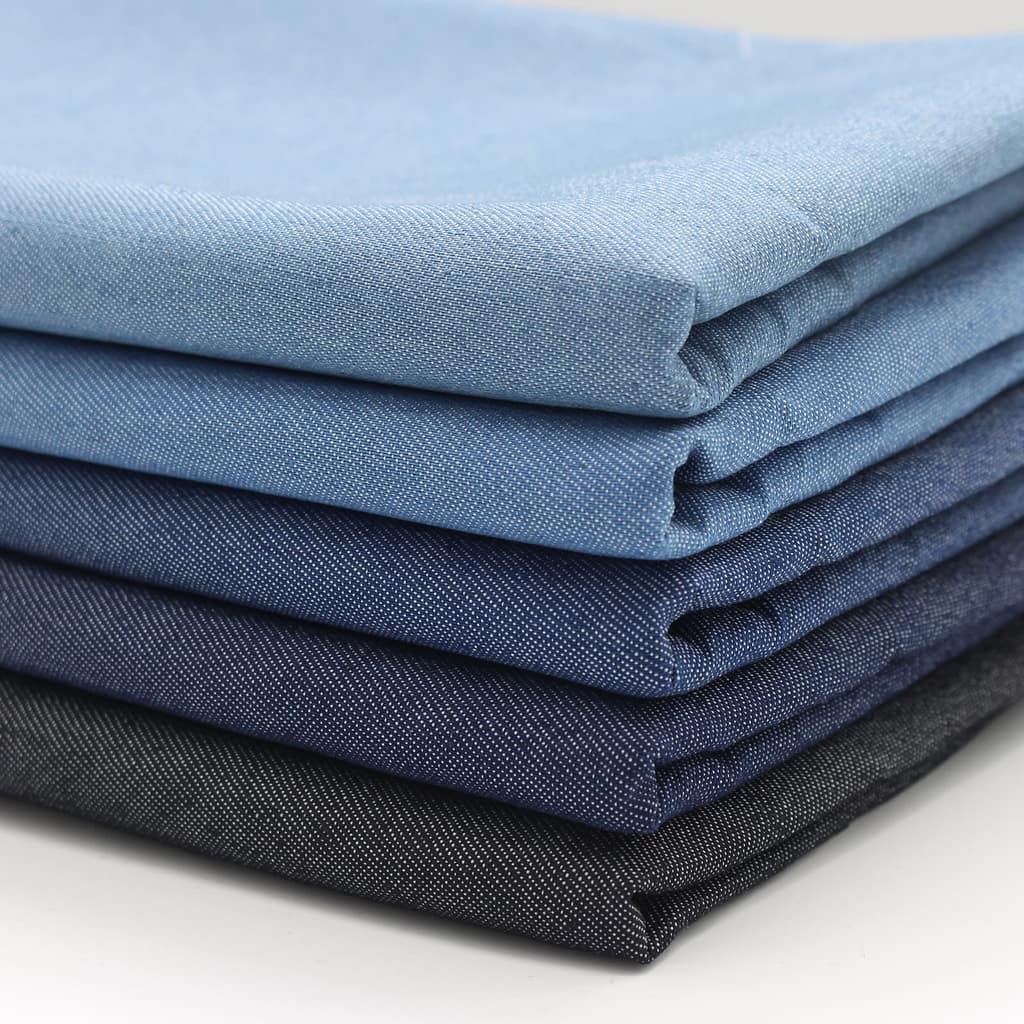
- Composition: Typically 80-90% cotton blended with 10-20% polyester
- Key Features:
More resistant to shrinkage and wrinkles
Increases durability and lifespan of the fabric
Reduces production costs compared to 100% cotton - Best For:
Affordable mass-market jeans
Uniforms and workwear
Casual denim jackets and shirts
Pros: Less prone to wear and tear, more cost-effective
Cons: Slightly less breathable than 100% cotton denim
3. Stretch Denim (Cotton + Elastane/Spandex/Lycra) – Added Comfort
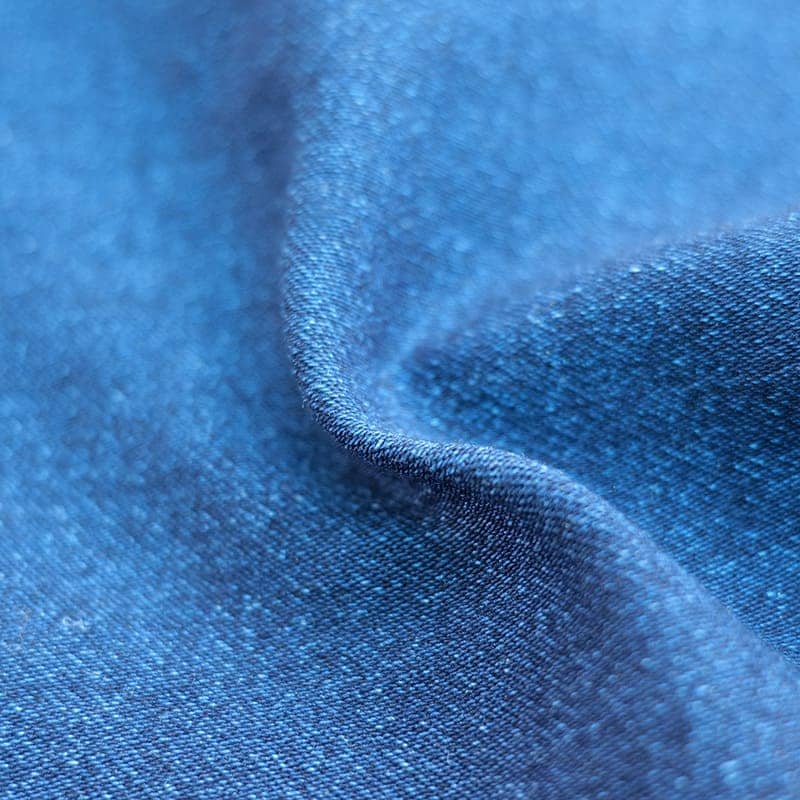
- Composition: Cotton blended with 1-5% elastane (spandex/Lycra)
- Key Features:
Offers flexibility and ease of movement
Enhances comfort, making jeans easier to wear
Ideal for fitted silhouettes like skinny jeans - Best For:
Women’s denim (leggings, jeggings, and body-hugging jeans)
Slim-fit and stretch jeans
Athleisure-inspired denim styles
Pros: Comfortable and stretchy, moves with the body
Cons: Loses elasticity over time, can wear out faster than rigid denim
4. Organic Cotton Denim – Sustainable and Eco-Friendly
- Composition: 100% organic cotton, grown without pesticides or synthetic fertilizers
- Key Features:
Reduces environmental impact
Softer feel compared to conventional cotton
Attracts eco-conscious customers - Best For:
Sustainable denim collections
Premium and ethical fashion brands
Pros: Eco-friendly, soft, and chemical-free
Cons: Higher production cost, limited availability
5. Tencel Denim – The Future of Soft and Sustainable Fabrics
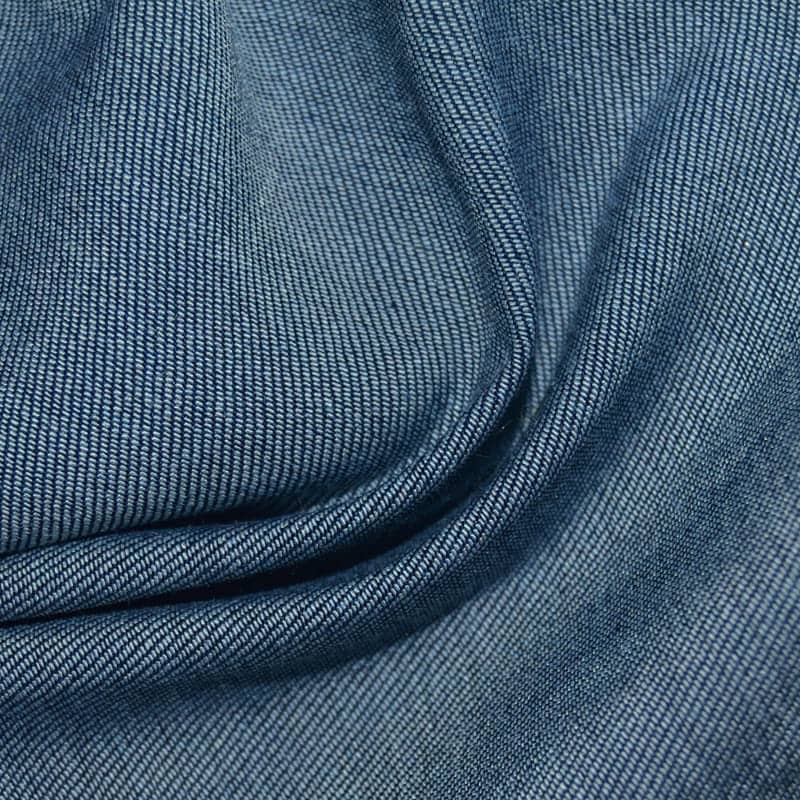
- Composition: Cotton blended with Tencel (lyocell) fibers
- Key Features:
Ultra-soft feel with moisture-wicking properties
Highly breathable and comfortable
More sustainable than conventional cotton denim - Best For:
Luxury and premium denim brands
Eco-conscious consumers
Pros: Feels softer and silkier than regular denim
Cons: More expensive due to sustainable fiber sourcing
Choosing the Right Denim Composition for Your Brand
| Denim Type | Best For | Pros | Cons |
|---|---|---|---|
| 100% Cotton | Classic denim, workwear | Strong, breathable, ages well | Stiff, no stretch |
| Cotton + Polyester | Budget-friendly mass production | Wrinkle-resistant, durable | Less breathable |
| Stretch Denim | Skinny jeans, fitted styles | Comfortable, flexible | Loses elasticity over time |
| Organic Cotton | Sustainable brands | Eco-friendly, chemical-free | Higher cost |
| Tencel/Bamboo Denim | Luxury, soft denim | Ultra-soft, moisture-wicking | Expensive |
Denim Washing Process: How It Affects Texture and Appearance
The washing process plays a significant role in defining the look, feel, and durability of denim fabric. Different washing techniques can create a variety of styles, from vintage-faded jeans to modern distressed looks. Understanding these processes will help you choose the best denim treatment for your brand’s collection.
Stone Washing – The Classic Faded Look
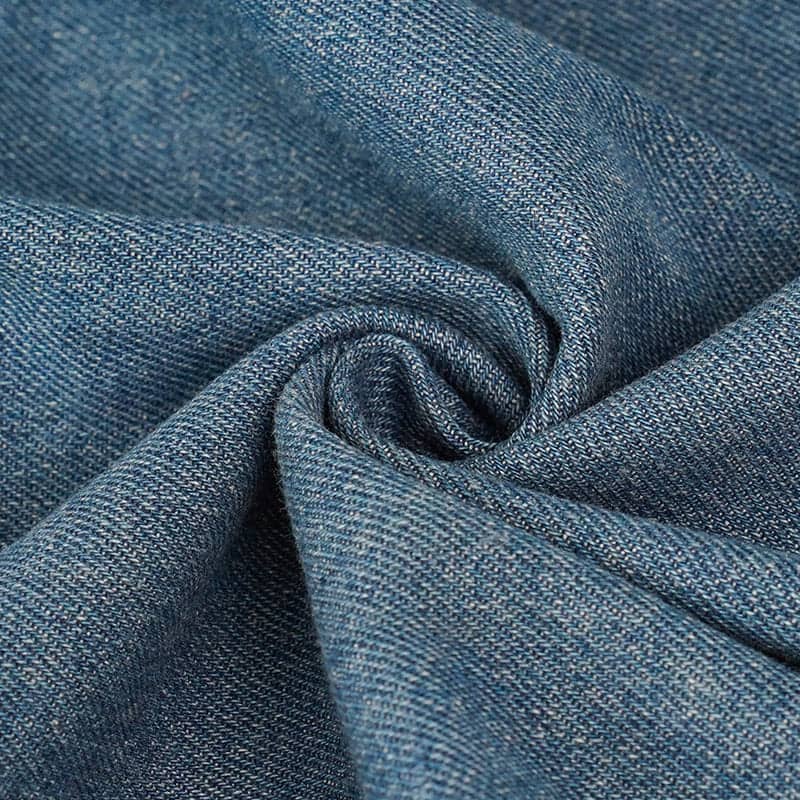
Stone washing is one of the most widely used techniques in the denim industry. It creates a soft, worn-in texture and gives denim a naturally faded appearance. This method has been popular since the 1970s and is commonly used for casual, vintage, and distressed jeans.
How Stone Washing Works
Stone washing involves tumbling denim fabric or garments with pumice stones inside large industrial washing machines. The stones create abrasion, which removes some of the indigo dye from the fabric’s surface. The longer the tumbling process, the more pronounced the fading effect.
The process follows these general steps:
Pre-Wash Preparation
- Denim garments are loaded into an industrial washing machine.
- They may be pre-soaked in water or softening agents to enhance the washing effect.
Stone Washing Process
- Pumice stones (porous volcanic rocks) are added to the machine.
- As the machine rotates, the stones rub against the denim, gradually softening the fabric and lightening the color in certain areas.
Rinsing and Softening
- After the desired fade is achieved, the garments are removed and rinsed thoroughly.
- Fabric softeners may be applied to improve the feel and drape of the denim.
Drying and Finishing
- The denim is dried and may go through additional treatments such as distressing or further color enhancements.
Characteristics of Stone-Washed Denim
- Soft and comfortable to wear from the first use
- Natural-looking faded areas (thighs, knees, and seams)
- Slight variations in color, making each piece unique
- Works well for vintage, relaxed-fit, and casual denim styles
Acid Wash – The Bold Contrast Effect
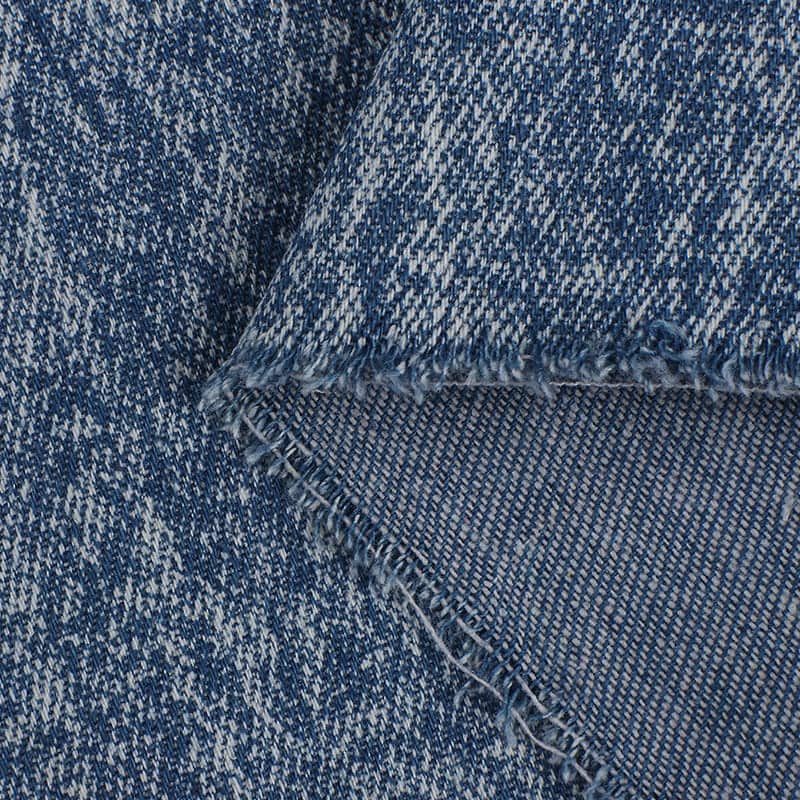
Acid washing, also known as “stone bleaching”, is a high-impact denim washing technique that creates a distinctive, marbled pattern with high contrast. This process involves using chlorine bleach or pumice stones combined with harsh chemicals to lighten areas of the fabric, giving it a dramatic, bold look. It’s a method that has been popular since the 1980s and is closely associated with rock-and-roll culture and grunge fashion.
How Acid Washing Works
The acid washing process is quite different from stone washing. It utilizes bleach or other oxidizing agents to strip color from certain parts of the fabric, leaving behind lightened patches that contrast sharply with the remaining denim. Here’s how it’s typically done:
Preparation
- Denim garments are placed in industrial washing machines.
- The machine is filled with a solution of chlorine bleach and pumice stones, which will act as an abrasive material during the process.
Chemical Application
- The bleach solution is introduced into the wash, where it lightens the fabric in certain areas. This process can be controlled by adjusting the concentration of bleach and the duration of exposure.
- Some variations of acid washing use hydrogen peroxide or other oxidizing agents to achieve a more controlled and even bleaching effect.
Tumbling & Fading
- The pumice stones help to abrasively scrub the fabric, removing some of the dye while creating texture and distressed areas.
- The tumbling process continues until the desired faded pattern and appearance are achieved.
Rinsing & Neutralizing
- After the wash, the garments are rinsed thoroughly to remove excess bleach and prevent further fading.
- A neutralizing solution may be used to halt the chemical reaction and maintain fabric integrity.
Drying & Finishing
- The denim is then dried and may undergo additional treatments like softening or distressing for a more worn-in look.
Characteristics of Acid-Washed Denim
- Distinctive, high-contrast fades that stand out and create a bold look
- Often features heavily distressed or faded areas (usually around seams, knees, and thighs)
- The marbled, uneven texture adds to its unique and vintage appeal
- Ideal for creating eye-catching fashion-forward pieces
Enzyme Wash – The Eco-Friendly Alternative to Stone Washing
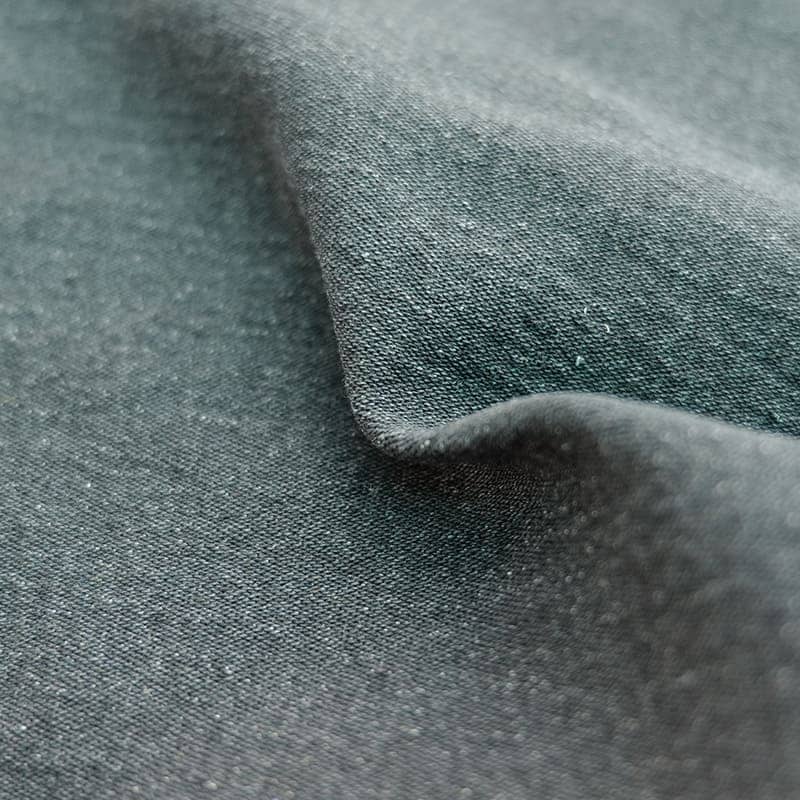
Enzyme washing is an environmentally friendly denim treatment that softens the fabric while creating a naturally worn-in look. This process mimics the effects of stone washing but without the abrasive damage caused by pumice stones. Instead of physical abrasion, biodegradable enzymes break down the cotton fibers selectively, making the fabric feel softer and more comfortable.
Enzyme washing is widely used in sustainable denim production and is an excellent alternative for brands looking to reduce water consumption and environmental impact while maintaining the desired vintage aesthetic.
How Enzyme Washing Works
Unlike stone washing, which relies on mechanical abrasion, enzyme washing uses cellulase enzymes to naturally degrade the cotton fibers in specific areas of the fabric. The process involves several key steps:
Pre-Wash Preparation
- Denim garments are loaded into industrial washing machines.
- Water is added, along with a mild detergent, to help prepare the fabric for enzyme application.
Enzyme Treatment
- Cellulase enzymes are introduced into the wash at a controlled temperature.
- These enzymes selectively break down the cellulose (cotton fibers) on the fabric’s surface, creating a softened, faded effect.
- The level of fading can be adjusted by changing enzyme concentration, temperature, and washing time.
Tumbling & Reaction Time
- The garments are tumbled inside the machine for 30 minutes to a few hours, depending on the desired level of fading.
- Since no stones or harsh chemicals are involved, the fabric maintains its strength while still achieving a distressed appearance.
Neutralization & Rinsing
- Once the desired effect is reached, the enzyme action is neutralized using a mild alkaline solution.
- The denim is then thoroughly rinsed to remove any remaining enzyme residues.
Drying & Final Touches
- The garments are dried, and additional finishes (such as softeners or distressing) can be applied if needed.
Characteristics of Enzyme-Washed Denim
Softened texture – Denim becomes more comfortable and easier to wear from day one.
Naturally aged look – Subtle fading without an overly distressed effect.
Preserves fabric strength – Unlike stone washing, enzymes do not weaken the fibers significantly.
Eco-friendly process – Uses less water, fewer chemicals, and no pumice stones.
Bleach Wash – Lightened and Soft Denim
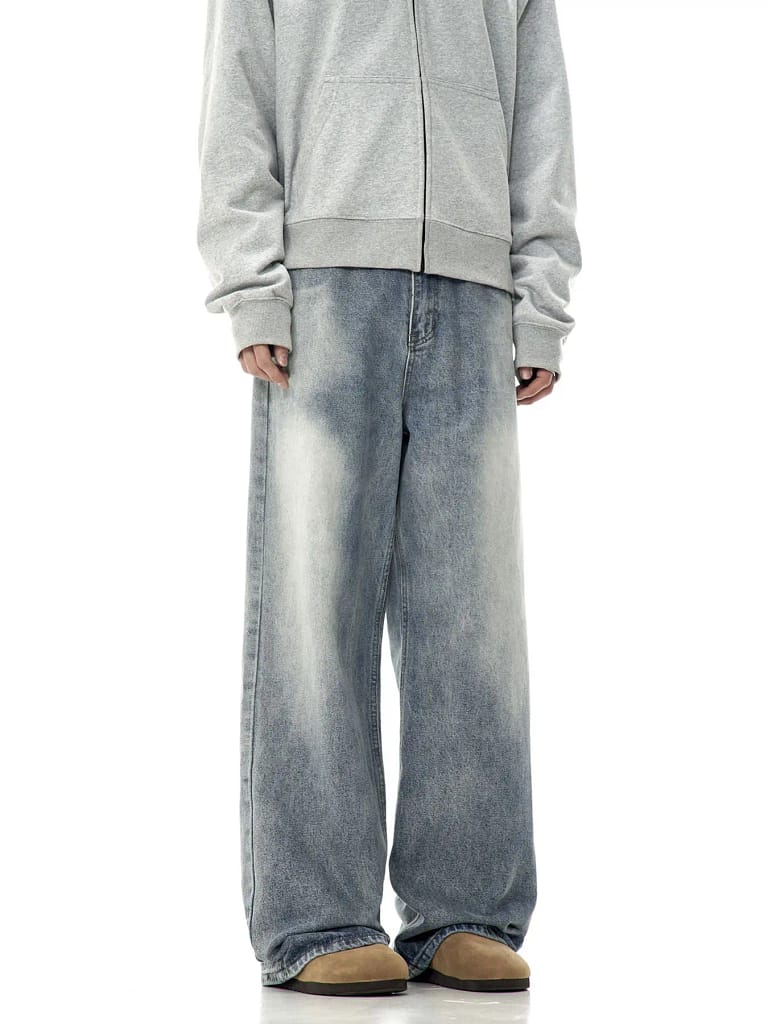
Bleach washing is a bold technique used to create lightened, faded denim. It’s most often used to give denim a sun-bleached, washed-out look, making it look like it has been weathered and worn over time. This process is perfect for light-wash jeans, summer collections, and streetwear-inspired designs. While bleach washing is effective at achieving dramatic fade effects, it’s a harsh process that can weaken the fabric over time if not controlled properly.
How Bleach Wash Works
Bleach washing involves using chlorine bleach or other oxidizing agents to lighten the denim. The bleaching agent is applied in various ways, depending on the desired outcome. Here’s how the process generally works:
Pre-Wash Preparation
- Denim garments are loaded into industrial washing machines or submerged in large vats of water.
- The garments are often soaked in mild detergent or softening agents before bleach is applied to help the bleach penetrate more evenly.
Bleach Application
- Chlorine bleach or hydrogen peroxide is mixed with water and applied to the fabric. The bleach can be sprayed, dipped, or injected directly into the washing machine, depending on how even or irregular the fade is desired.
- The longer the garments are exposed to bleach, the lighter and more faded they become.
Tumbling & Fading
- Denim is tumbled inside the washing machine or agitated by hand to allow the bleach to work its way through the fabric.
- This stage ensures that the fade is consistent or patterned according to the desired effect. The process may take a few minutes to hours, depending on the level of fading.
Rinsing and Neutralization
- After achieving the desired level of lightness, the bleach solution is rinsed out with clean water.
- A neutralizing agent (like vinegar or sodium thiosulfate) is often used to stop the bleaching process and ensure that no further fading occurs.
Drying & Final Touches
- The garments are dried, and additional softening agents or finishing treatments may be applied to ensure a soft feel.
Characteristics of Bleach-Washed Denim
- Sun-bleached, lightened appearance – Denim has a washed-out, faded look, usually lighter in color than traditional denim.
- Irregular fades – The bleach can create uneven, patchy fading, which is characteristic of the worn, vintage look.
- Soft feel – Denim becomes more pliable and comfortable due to the breakdown of fibers caused by bleach exposure.
- Modern aesthetic – Popular in streetwear and summer denim collections.
Sandblasting – Achieving a Distressed, Worn Look
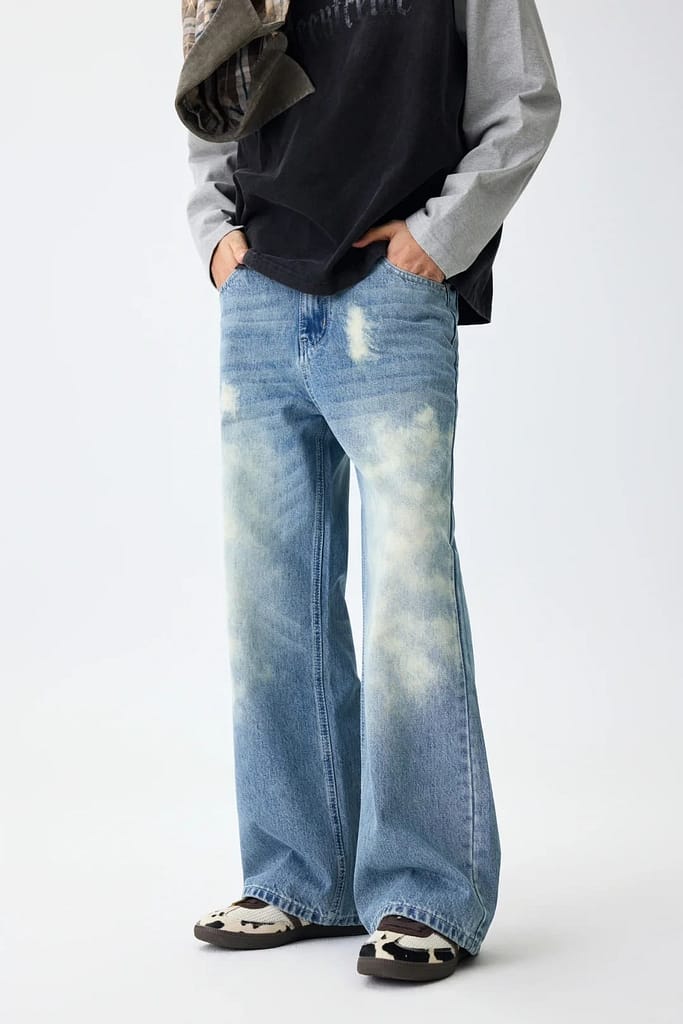
Sandblasting is a highly aggressive method used to create a distressed, worn-in appearance on denim. The process involves blasting sand at high pressure onto the fabric, effectively abrasively rubbing off the top layer of dye to create faded, worn areas. Sandblasting is often used for heavy-distressed looks where the fabric appears to have been worn for years.
How Sandblasting Works
Sandblasting works by pressurizing sand particles (usually silica sand) and directing them onto the fabric at high speeds. The abrasive action causes localized fading and wear on the denim. The degree of distressing can vary depending on how long the fabric is exposed to the sandblasting machine.
Here are the basic steps of the sandblasting process:
Preparation
- Denim garments are positioned in a sandblasting machine, which usually operates in a controlled spray chamber.
- The denim is typically clamped or stretched out to ensure the sandblasting is applied evenly to specific areas.
Sandblasting
- Compressed air is used to force silica sand particles onto the denim, at high velocity, causing the surface of the fabric to be abraded and faded.
- The areas that are exposed to the sandblasting for a longer time will have more distressing and fading, while areas that are exposed for a shorter period will have lighter effects.
Rinsing and Softening
- After the denim has been treated, it is rinsed to remove any excess sand and dust.
- A softening agent is often applied to restore the feel and flexibility of the fabric after the harsh abrasion.
Drying & Final Touches
- The denim is dried, and additional finishing touches like distressing or softeners can be applied to enhance the look and feel.
Characteristics of Sandblasted Denim
- Heavily distressed look – The abrasive effect of the sand creates worn, faded patches that look like natural wear.
- Softened texture – The abrasion process can result in a softer feel and more flexible fabric.
- High contrast fading – Areas exposed to sandblasting become significantly lighter, offering a high-contrast vintage or worn appearance.
- Rougher finish – Since the sand wears down the fibers, the denim can feel rougher in some spots, depending on how aggressively it was blasted.
Laser Distressing – The Modern, Sustainable Alternative to Sandblasting
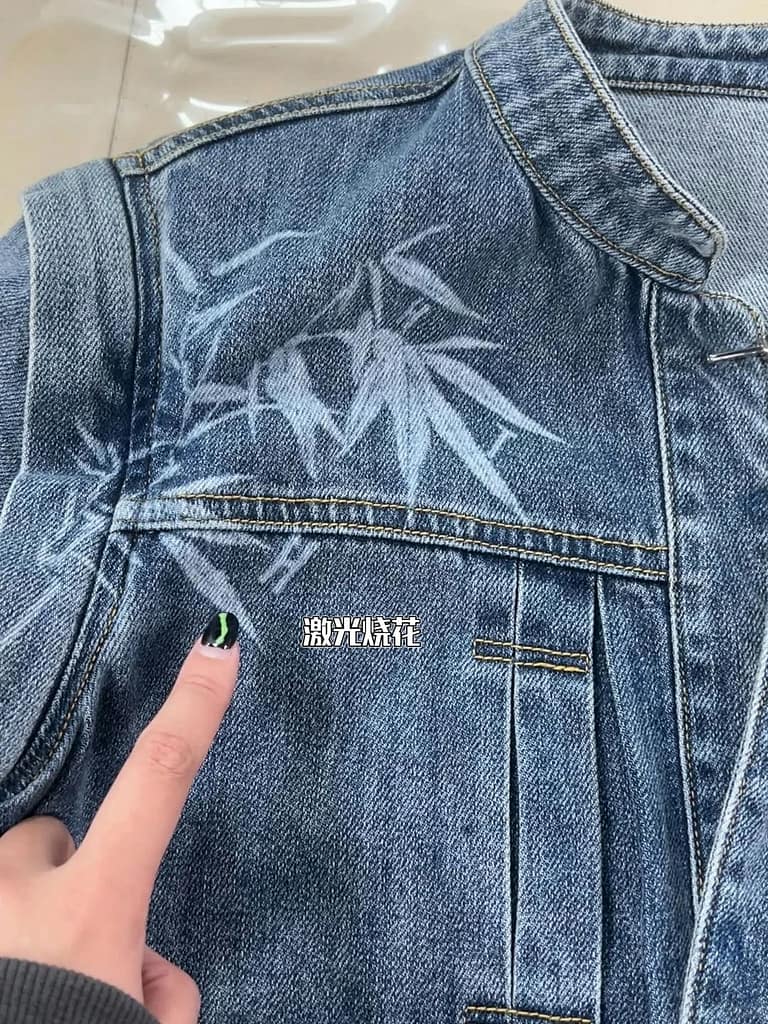
Laser distressing is an advanced, high-tech method used to create distressed, faded denim with precision and minimal environmental impact. Instead of using abrasive sand or chemicals, laser machines are employed to burn or fade specific areas of the fabric using laser beams. This process results in sharp, clean fades, precise patterns, and a much more sustainable approach compared to traditional methods like sandblasting.
How Laser Distressing Works
Laser distressing involves the use of computer-controlled laser machines to target specific parts of the denim fabric. The lasers burn or fade the cotton fibers at a microscopic level, creating unique patterns and distressed effects. The process is incredibly precise and can be controlled to create intricate designs such as worn edges, faded areas, and holes. Here’s how it works:
Design Creation
- The denim garment is placed in a laser machine.
- Digital designs are programmed into the machine, allowing it to target areas for fading, distressing, or even pattern creation.
- The laser’s settings (such as intensity, speed, and duration) are adjusted to control the level of fading and distressing.
Laser Fading and Distressing
- The laser beam is directed at the fabric, creating faded lines, worn-out patches, or distressed holes in specific areas.
- The process uses high-powered laser energy to burn off the top layer of dye, achieving a subtle fade without damaging the structure of the denim.
Rinsing and Softening
- Once the laser distressing is complete, the denim is rinsed to remove any debris or charred remnants.
- The fabric is then treated with softeners to restore flexibility and comfort.
Drying and Final Touches
- The garments are then dried and undergo additional finishing treatments if necessary, such as stonewashing or chemical softening.
Characteristics of Laser-Distressed Denim
- Precision fades – Laser distressing creates clean, sharp fading and patterned effects that are impossible to achieve with traditional sandblasting.
- Intricate designs – Laser technology can produce detailed artwork on denim, such as patterns, logos, or unique textures.
- Sustainable process – Because no water or harmful chemicals are used, laser distressing is an eco-friendly method.
- Soft, durable fabric – Since the laser does not cause physical abrasion to the fibers, the fabric remains strong and durable while achieving the desired effect.
Sourcing Denim Fabric – What You Need to Know
Sourcing the right denim fabric is one of the most crucial steps in launching a successful denim collection for your brand. The quality, weight, texture, and durability of the fabric will influence the final product and determine how well it performs in the market. Let’s take a look at the essential factors to consider when sourcing denim, and how you can ensure you’re getting the best material for your needs.
1. Understanding Fabric Weights
The weight of your denim fabric plays a significant role in the fit and feel of the garment. Different weights are used for different types of denim clothing, and choosing the right one for your target audience will set your brand apart.
- Lightweight Denim (7-9 oz) – This is a soft, breathable option commonly used for denim shirts, skirts, and lighter jeans. Ideal for summer wear or garments that require flexibility and comfort.
- Midweight Denim (10-12 oz) – This is the most commonly used weight for standard jeans, jackets, and shirts. It offers a balance of durability and comfort and works well for most seasonal collections.
- Heavyweight Denim (13 oz and above) – This fabric is sturdy and has a robust feel. It’s used for high-end denim collections, workwear jeans, and vintage-inspired pieces that require long-lasting durability.
Tip: If you’re aiming for a more premium product, you may want to opt for heavier weights for a more luxurious feel. However, if your audience is looking for comfortable, everyday wear, then midweight or lightweight fabrics may be a better option.
2. Cotton vs. Blended Fabrics
Most denim is traditionally made from 100% cotton, but advancements in fabric technology have introduced blended fabrics that combine cotton with synthetic fibers such as spandex, polyester, or elastane for added stretch and durability.
- 100% Cotton Denim – Offers the classic rigidity and authentic feel of denim. It gets softer with each wash and is highly breathable. Perfect for a vintage or raw denim look.
- Cotton-Blend Denim – Adds stretch and flexibility to the fabric, making it ideal for skinny jeans, jeggings, or other form-fitting styles. Blended fabrics are often more comfortable and elastic, offering a wider range of motion.
- Sustainable Blends – With the growing demand for eco-conscious fashion, there are blends made with organic cotton, recycled polyester, or even hemp. These options are not only sustainable but also provide unique textures and finishes.
Tip: If your brand focuses on comfort and flexibility, cotton-blend fabrics with spandex or elastane are ideal. For a more authentic, traditional look, 100% cotton is the way to go.
3. Sustainable Denim Options
As sustainability becomes an increasing priority for both brands and consumers, it’s important to consider eco-friendly denim fabrics that reduce the environmental impact of production. Here are some sustainable denim options:
- Organic Cotton Denim – Grown without the use of pesticides, organic cotton uses less water and energy compared to conventional cotton farming. It’s ideal for brands focused on sustainability.
- Recycled Denim – This fabric is made from post-consumer denim waste and recycled cotton fibers. It’s a great option for eco-conscious brands aiming for a circular fashion model.
- Tencel or Lyocell Denim – Made from wood pulp, Tencel is a sustainable alternative to cotton. It’s biodegradable and produced in a closed-loop system, making it an eco-friendly option for premium denim collections.
- Hemp Denim – An alternative to cotton, hemp is more water-efficient and grows without harmful chemicals. Hemp denim has a unique texture and is highly durable.
Tip: If your target market values sustainability, incorporating organic or recycled denim into your product range can help boost your brand’s eco-friendly image and meet the growing demand for green fashion.
4. Color and Dye Options
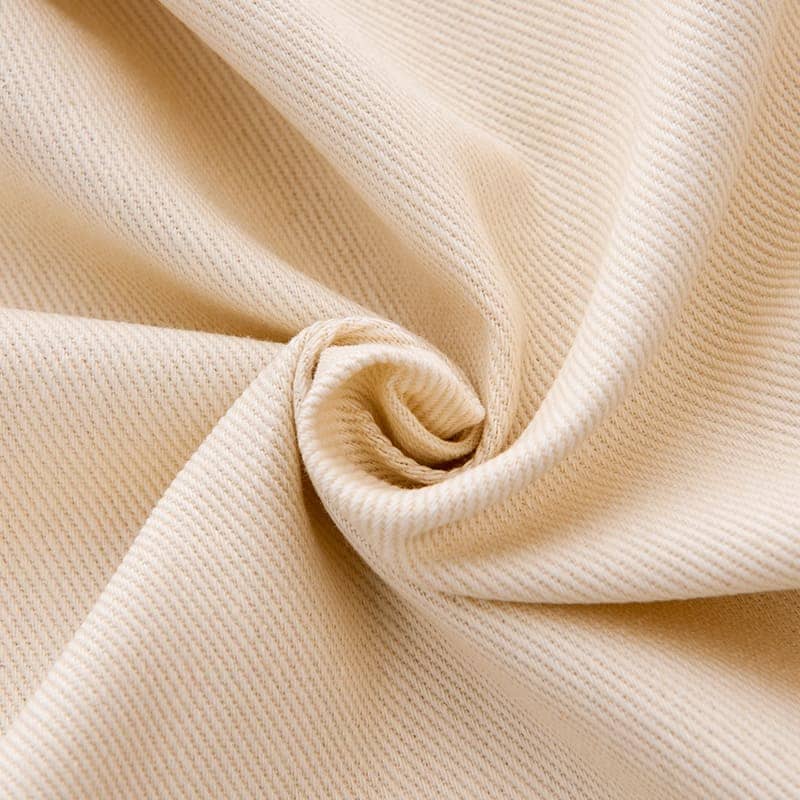
Denim fabrics come in a variety of colors, ranging from the traditional indigo blue to black, grey, and even white. The dyeing process also has a major influence on the final appearance of the fabric.
- Indigo Denim – The classic choice for blue jeans, indigo denim is dyed using a natural process that gives it a rich, deep color. It fades and develops a unique patina over time, creating a vintage look.
- Black Denim – A sleek, modern option that’s perfect for dressy denim items, jackets, or high-fashion collections.
- Grey Denim – Offers a more subtle and sophisticated appearance, often used for contemporary or urban-style denim.
- White Denim – A great choice for summer collections, chic looks, or high-fashion pieces. White denim gives a clean, crisp aesthetic.
- Custom Dyes – Many brands also experiment with custom dyeing techniques, including ombre, tie-dye, and other unique treatments to create standout denim pieces.
Tip: When selecting the right color, consider your brand identity and target audience preferences. If you’re aiming for classic, authentic denim, stick to indigo. For a more modern or sophisticated feel, consider black or grey denim.
5. Sourcing Denim from Reliable Suppliers
Choosing a reliable denim fabric supplier is essential to ensure the quality and consistency of your materials. Here are some tips for finding a trusted supplier:
- Look for Established Manufacturers – Suppliers with a long history of working with denim will have a better understanding of the material’s qualities, and they can help guide you in selecting the right fabric for your designs.
- Request Samples – Always test the fabric before making bulk orders. Request swatches or samples from suppliers to check for texture, weight, and quality.
- Minimum Order Quantities (MOQ) – Keep in mind that many suppliers have minimum order requirements. Make sure the MOQ aligns with your production needs.
- Sustainability Certifications – If sustainability is important to your brand, check for certifications like GOTS (Global Organic Textile Standard) or OEKO-TEX to ensure that your fabrics are produced in an eco-friendly manner.
Tip: Developing a strong relationship with a reliable supplier can help you manage production timelines, fabric quality, and even cost efficiency.
FAQs
1. What is denim fabric made of?
Denim is traditionally made from 100% cotton using a twill weave construction. However, modern denim fabrics may include blends with spandex, polyester, or lyocell to enhance stretch, durability, or sustainability.
2. What are the different types of denim fabric?
There are various types of denim fabric, including:
- Raw Denim (unwashed, stiff fabric that fades uniquely over time)
- Washed Denim (pre-treated for softness and color variations)
- Selvedge Denim (high-quality, tightly woven denim with finished edges)
- Stretch Denim (blended with spandex for added flexibility)
- Organic & Sustainable Denim (made from eco-friendly materials like organic cotton or recycled fibers)
3. How do different denim washing methods affect the fabric?
Denim washing techniques alter the fabric’s texture, color, and durability. Some popular methods include:
- Stone Washing (creates a soft, worn-in look using pumice stones)
- Acid Wash (gives a high-contrast, marbled effect with chemical bleaching)
- Enzyme Wash (eco-friendly method that softens fabric with natural enzymes)
- Bleach Wash (lightens denim for a sun-faded appearance)
- Sandblasting (high-pressure sand creates a distressed effect but has environmental concerns)
- Laser Distressing (high-tech, sustainable fading method using laser technology)
4. What are the best fabric compositions for different denim styles?
- 100% Cotton Denim – Durable and best for classic jeans and jackets
- Stretch Denim (Cotton + Spandex/Elastane) – Provides flexibility for skinny jeans and jeggings
- Blended Denim (Cotton + Polyester) – Enhances durability and reduces shrinkage
- Organic or Recycled Denim – Eco-friendly options for sustainable fashion brands
5. How can I customize my denim collection?
Customization options include:
- Washes & Finishes (stone wash, enzyme wash, acid wash)
- Distressing (rips, whiskering, patchwork, grinding)
- Fabric Composition (stretch denim, heavyweight denim, eco-friendly blends)
- Embellishments (embroidery, prints, rhinestones, laser-etched designs)
- Hardware & Fastenings (custom buttons, zippers, rivets, and stitching)
- Labels & Branding (custom woven labels, leather patches, and branded packaging)
6. Where is the best place to source high-quality denim fabric?
China is one of the leading hubs for wholesale denim fabric, thanks to its vast textile markets and advanced production capabilities. Key sourcing factors include:
- Fabric quality and weight
- MOQ (Minimum Order Quantity) requirements
- Sustainability certifications (GOTS, OEKO-TEX, etc.)
- Lead time and delivery reliability
7. How do I ensure I’m getting high-quality denim?
To ensure high-quality denim, request:
- Fabric swatches or samples before bulk orders
- Technical specifications, including weight, stretch percentage, and weave type
- Shrinkage and durability tests to prevent quality issues



